How Wind Turbines Really Work: The Hidden Secrets
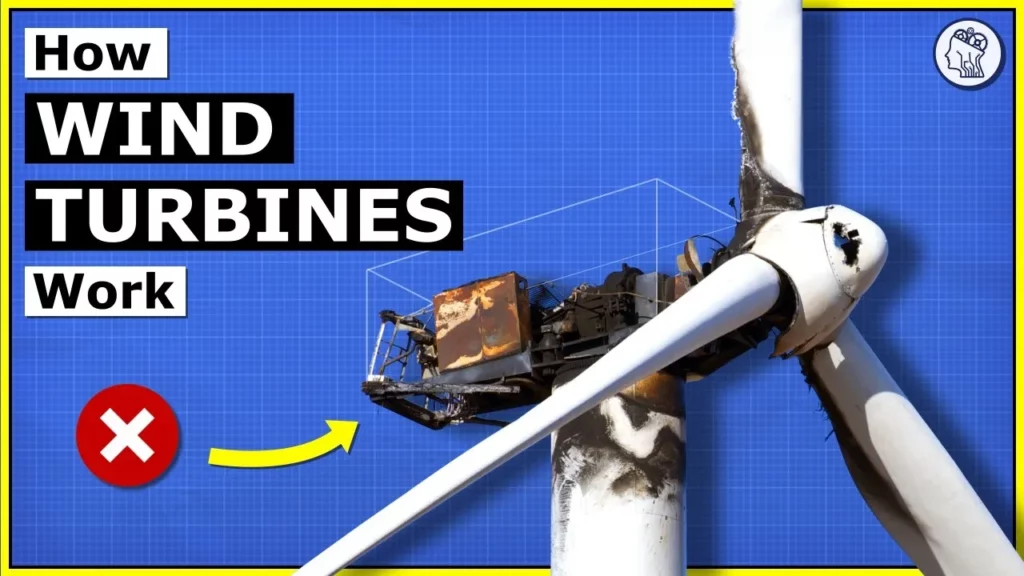
The lesson explores the intricate workings of wind turbines, detailing how they convert wind energy into electricity through mechanical processes. It highlights the importance of turbine design, including the optimal number of blades and their height, to maximize efficiency and energy capture. Additionally, the lesson discusses the components and technologies involved, such as generators and gearboxes, that ensure consistent power output and compatibility with electrical grids.
How Electric Motors Work – 3 phase AC induction motors ac motor
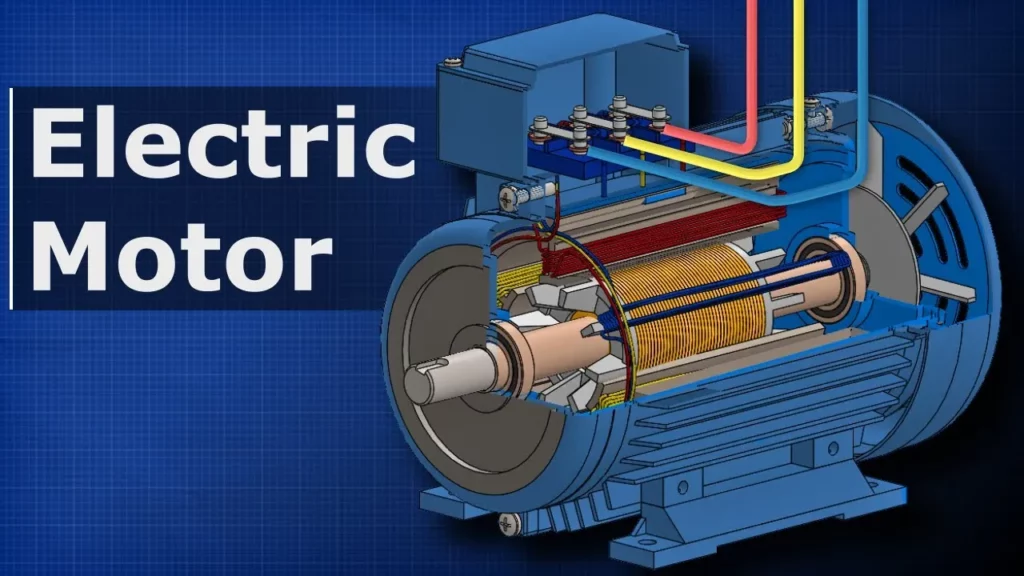
This lesson explains the functioning of three-phase AC induction motors, which convert electrical energy into mechanical energy to power various machines. Key components include the stator, which generates a rotating electromagnetic field, and the rotor, which interacts with this field to create motion. The lesson also covers motor configurations, specifically Delta and Star, highlighting their differences in voltage exposure and current flow.
Programable Logic Controller Basics Explained – automation engineering
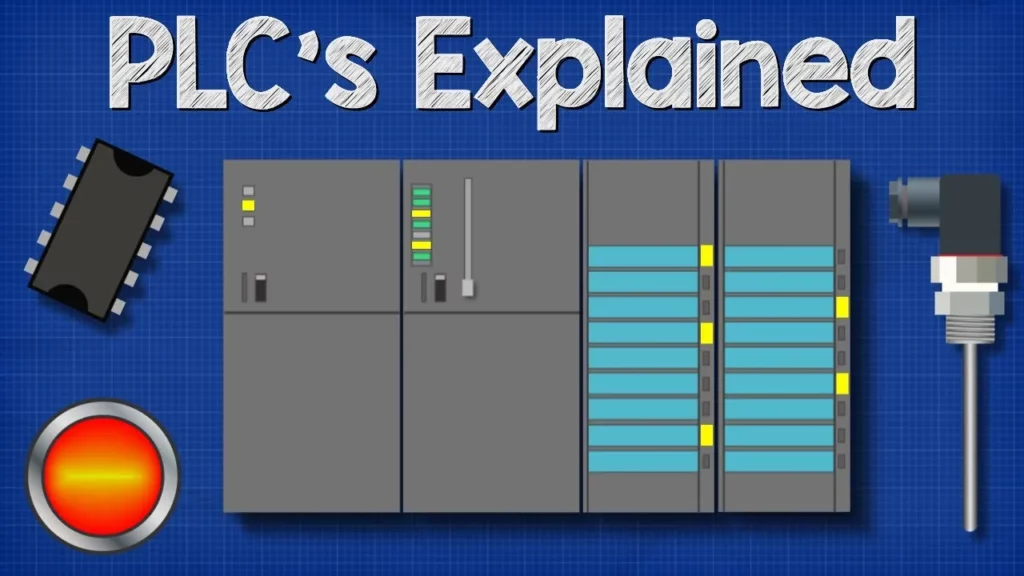
The lesson on Programmable Logic Controllers (PLCs) highlights their essential role in automating mechanical and electrical systems in commercial and industrial settings. It explains how PLCs, which have evolved from traditional relay systems, function by monitoring inputs, executing programmed logic, and controlling outputs to streamline operations with minimal manual intervention. The lesson also covers the key components of a PLC system, its basic operation, and the advantages of using PLCs, emphasizing their increasing importance in modern automation.
Sub Panels Explained – Why are neutral and ground separated?
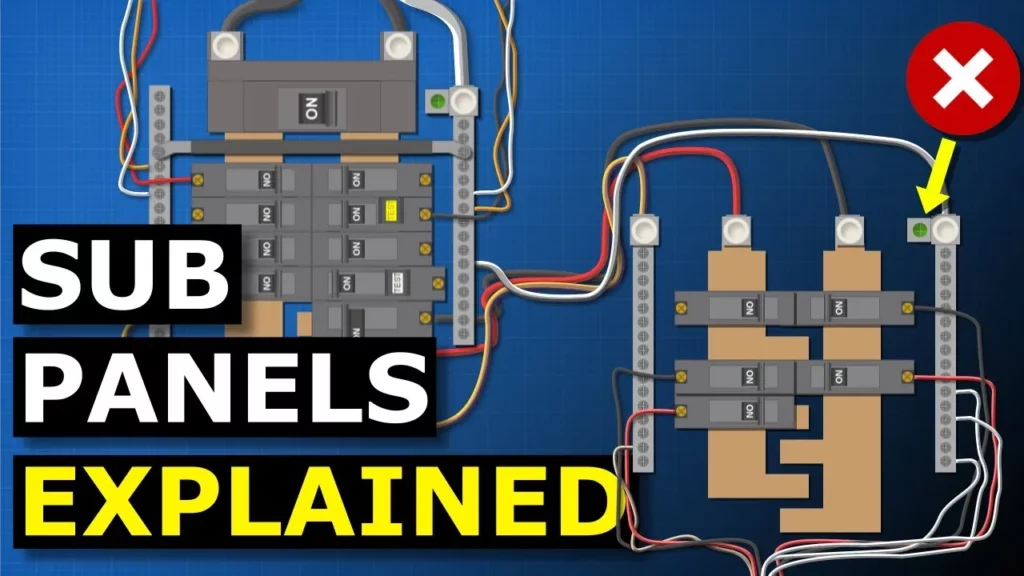
The lesson explains the importance of separating neutral and ground wires in electrical subpanels to ensure safety and effective fault protection. By maintaining this separation, fault currents are directed safely back to the main panel, preventing dangerous situations such as electrifying metal parts or creating unintended current paths. It emphasizes that electrical work should only be conducted by qualified professionals in compliance with local regulations.
Pump Chart Basics Explained – Pump curve HVACR
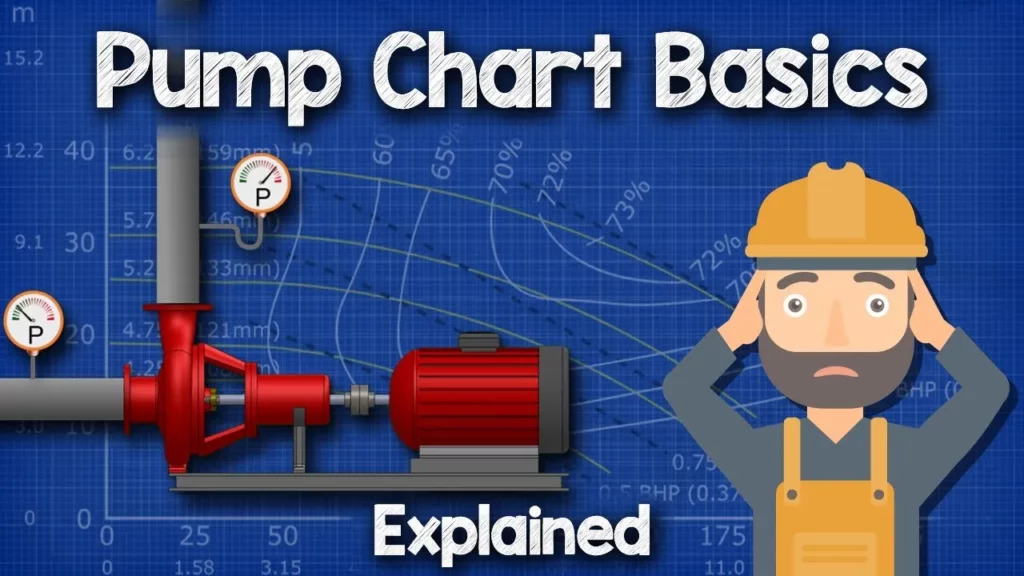
This lesson provides an overview of pump curves, which are essential for understanding pump performance in HVACR systems. It explains how to read and interpret pump curves, focusing on the relationship between head pressure and flow rate, and emphasizes the importance of selecting the appropriate pump based on system requirements, efficiency, and power considerations. By mastering these concepts, users can ensure optimal pump performance tailored to their specific needs.
How Cooling Towers Work
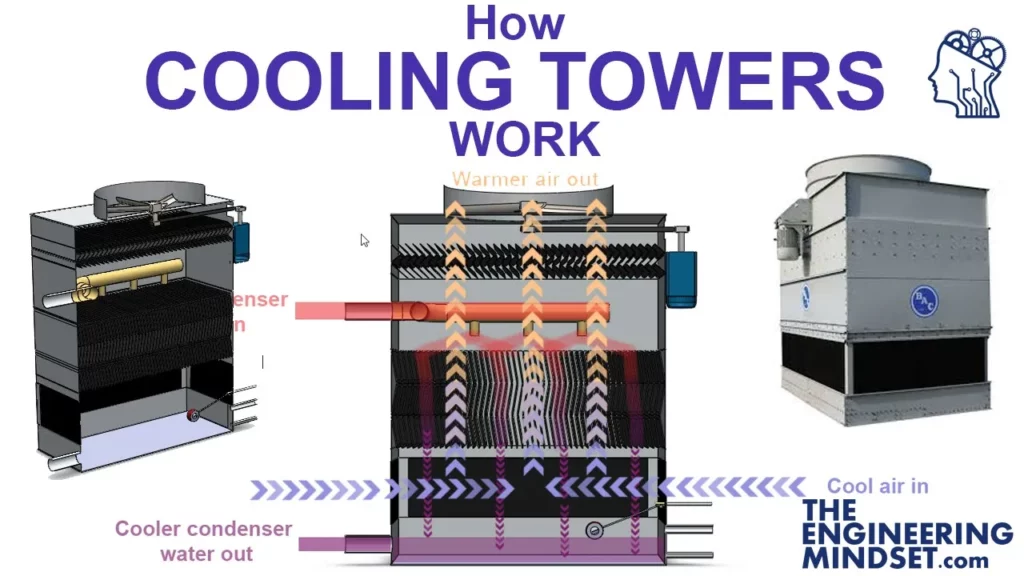
In this lesson, Paul from TheEngineeringMindset.com explains the operation of cooling towers, which are vital for regulating temperatures in large buildings by managing heat efficiently. The cooling process involves warm water from the building being sprayed over packing material, where it cools down as cooler air is drawn in, while key components like fans, nozzles, and drift eliminators work together to enhance heat exchange and minimize water loss. Proper maintenance of water levels and quality is crucial for the effective functioning of these systems.
How MOSFET Works – Ultimate guide, understand like a PRO
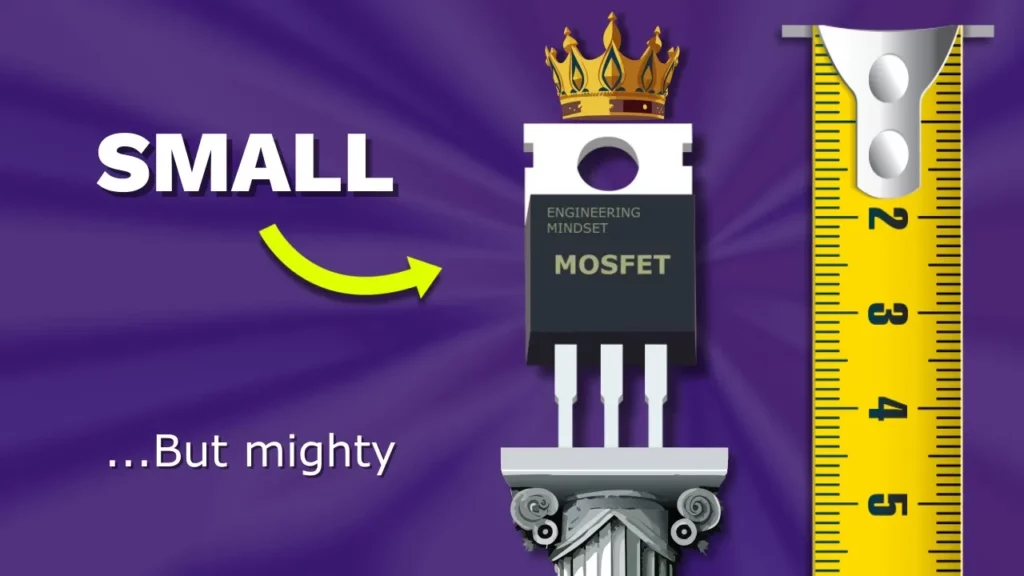
The lesson provides a comprehensive overview of MOSFETs (Metal-Oxide-Semiconductor Field-Effect Transistors), highlighting their structure, functionality, and applications in electronic circuits. It explains how MOSFETs operate like valves controlled by voltage applied to the gate terminal, enabling efficient control of current flow, and discusses their advantages over BJTs, including energy efficiency and higher current handling. Additionally, the lesson covers the types of MOSFETs, their semiconductor materials, and the importance of understanding these components for effective circuit design and troubleshooting.
Absorption Chiller, How it works – working principle hvac
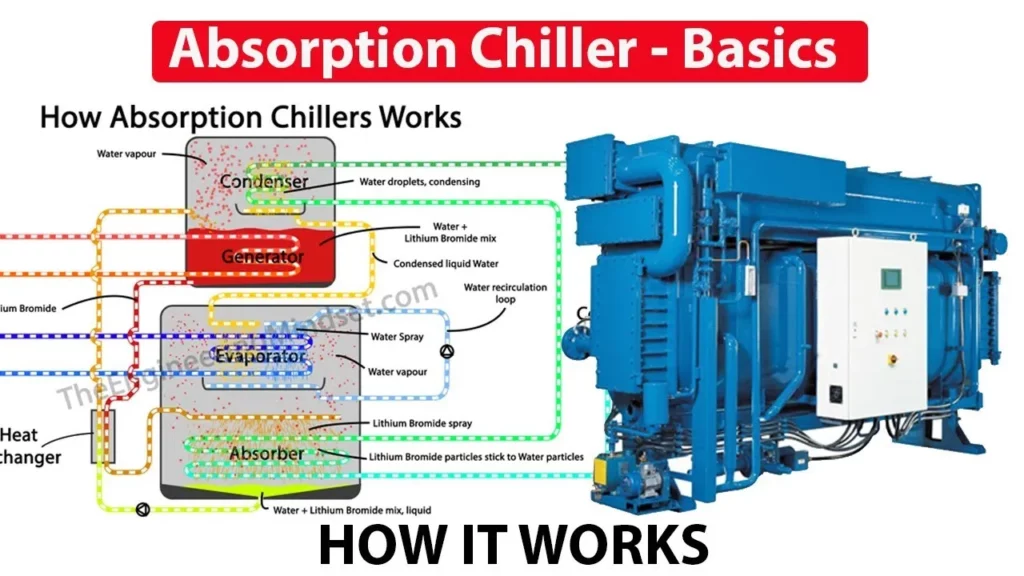
This lesson provides an in-depth understanding of absorption chillers, which utilize heat instead of compressors to produce cooling in HVAC systems. Key concepts include the unique use of water and lithium bromide as refrigerants, the principles of boiling point and pressure, and the essential components and cycle of the absorption chiller. By the end, readers will appreciate how this technology efficiently harnesses heat for cooling, making it a significant advancement in modern HVAC solutions.
How A Heat Pump Works – HVAC
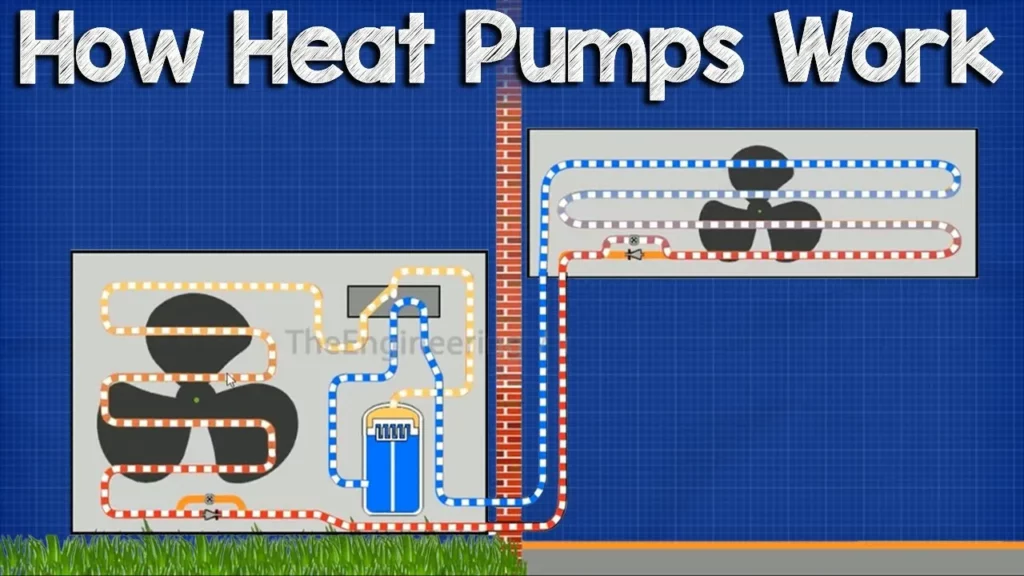
This lesson provides an overview of how heat pumps operate, focusing on the functionality of Air Source heat pumps that can both heat and cool spaces using a reversing valve. It explains the main components of the system, including the indoor and outdoor units, and details the processes involved in both cooling and heating modes, highlighting the role of refrigerant as it cycles through the system. Additionally, the lesson emphasizes the efficiency of heat pumps, noting that they can extract energy from the air even in cold temperatures, as long as it is above absolute zero.
Two Way Switching Explained – How to wire 2 way light switch
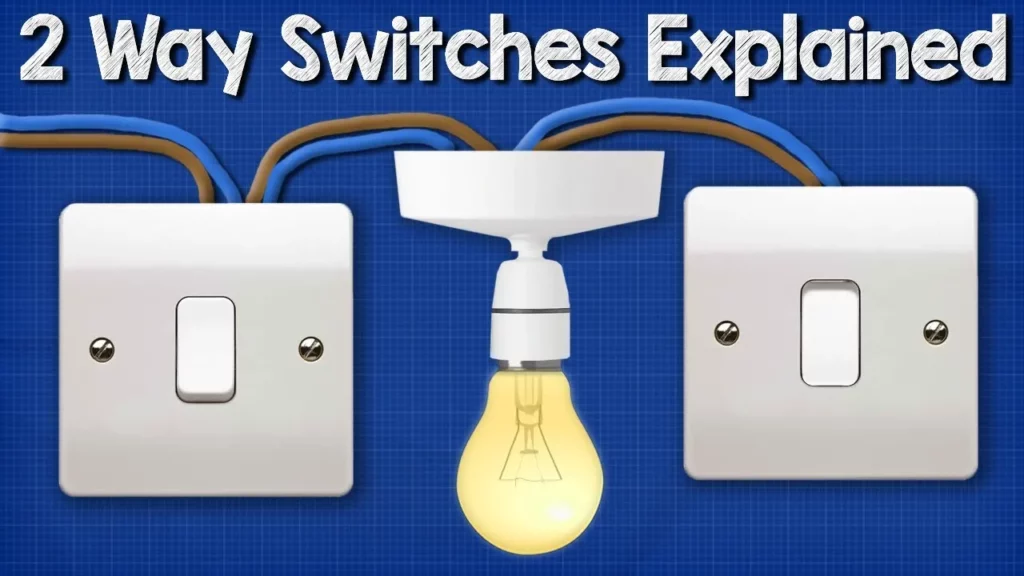
In this lesson, Paul from TheEngineeringMindset.com explains how to wire a two-way light switch system, allowing control of a light fixture from two different locations, such as at the top and bottom of a staircase. He outlines two primary wiring methods using three-terminal switches, emphasizing safety and the importance of adhering to local electrical codes. The lesson also covers alternative wiring variations, providing a comprehensive understanding of two-way switching for practical applications.